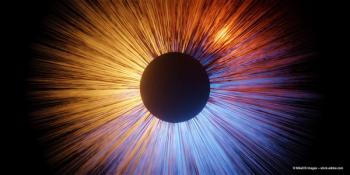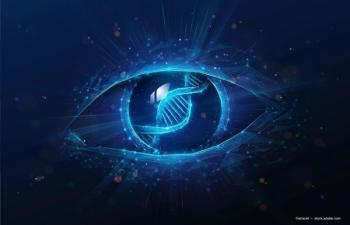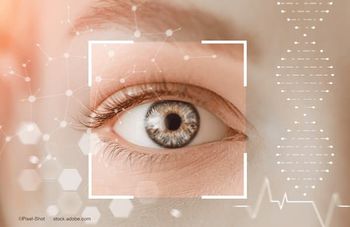
Investigation shows limited predictive ability for vision recovery in open globe injuries with NLP vision
Noha A. Sherif, MD, and Sandra Hoyek, MD, conducted a retrospective chart review to identify the clinical characteristics of the injured eyes that may be associated with visual recovery in this patient population.
Noha A. Sherif, MD, and Sandra Hoyek, MD, first co-authors of a recent study, reported that there are no clinical features that can predict the recovery of vision in patients who sustained open globe injuries (OGI) and presented with no light perception (NLP) vision.1 The authors are from the Department of Ophthalmology, New England Eye Center, Tufts University, and the Department of Ophthalmology, Massachusetts Eye and Ear, Harvard Medical School, respectively.
They and their associates conducted a retrospective chart review to identify the clinical characteristics of the injured eyes that may be associated with visual recovery in this patient population.
All of the study patients had presented to Massachusetts Eye and Ear with OGI and NLP vision from January 1999 to March 2022. Patients were included who had more than 1 week of follow-up and a documented VA at most recent follow-up; patients younger than 10 years of age were excluded.
The researchers collected the patients’ demographic characteristics; the preoperative, intraoperative, and postoperative characteristics of the injury; laceration versus rupture; a history of intraocular surgery; the time from injury to repair; the timing of vitrectomy, lensectomy, choroidal drainage, and silicone oil placement; the visual acuity (VA) at the final follow-up examination; and findings on B-scan ultrasound of retinal detachment, choroidal hemorrhage, vitreous hemorrhage, and disorganized intraocular contents.
The main outcome was vision recovery, which they defined as light perception or better in patients with OGI and initial NLP vision at presentation.
VA Results
Sherif and Hoyek reported that 147 eyes were included that met the inclusion criteria. Of those, 25 (17%) eyes regained vision at the last follow-up, with most, ie, 60% (n=15), recovered light perception vision. Five (20%) of the remaining patients had 20/500 or better, 3 (12%) had hand motions vision, and 2 (8%) had count fingers vision.
B-scan images were available for 104 (71%) cases; the images showed disorganized intraocular contents (odds ratio, 0.170; 95% confidence interval, 0.042-0.681; P=0.012), which was the only clinical variable significantly associated with visual recovery that corresponded to a lack of visual improvement, they reported.
Most of the sustained injuries, 102 (69%) were in zone III and 127 patients (86%) presented with a rupture. The mean time from injury to surgical repair was 0.85 ± 1.7 day. Pars plana vitrectomy was performed in 9 eyes (6%) with NLP at the time of vitrectomy.
The investigators concluded, “Recovery of vision in OGI with NLP vision at presentation cannot be predicted based on presenting clinical features. B-scan findings of disorganized intraocular contents after initial OGI repair was the only factor negatively associated with vision recovery in this patient population. Therefore, all eyes presenting with an OGI and NLP vision should undergo primary repair in hopes of subsequent visual recovery.”
Reference:
Sherif NA, Hoyek S, Wai K, et al. Recovery of vision in open globe injury patients with initial no light perception vision. Ophthalmol Retina. 2024; published online April 16; DOI:
https://doi.org/10.1016/j.oret.2024.04.010
Newsletter
Don’t miss out—get Ophthalmology Times updates on the latest clinical advancements and expert interviews, straight to your inbox.








































